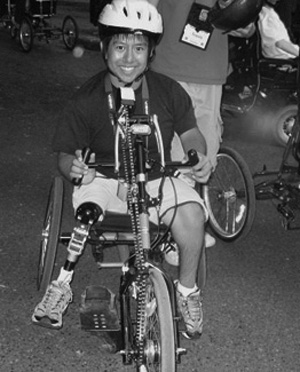Introduction to Capacity Building

Federal legislation mandates that no otherwise qualified individuals with disabilities shall, solely by reason of their disabilities, be excluded from the participation in, be denied the benefits of, or be subjected to discrimination in public programs and services in the United States, unless it would pose an undue burden to do so. This means that postsecondary courses, programs, and services must be accessible to qualified individuals.
Specifically, Section 504 of the Rehabilitation Act of 1973 mandates such access within institutions that receive federal funds. The Americans with Disabilities Act (ADA) of 1990 reinforces and extends access requirements to covered entities, regardless of their funding sources. However, individuals with disabilities are underrepresented in the group of individuals who participate in postsecondary education, earn degrees, and transition to successful careers (Blackorby & Wagner, 1996; National Council on Disability of Social Security Administration, 2000; National Organization on Disability, 2004; Wagner, Newman, Cameo, & Levine, 2005).
Efforts toward making a postsecondary institution more welcoming and accessible to people with disabilities can be made by faculty, administrators of student service organizations, and other staff (DO-IT, 2007). But change for any institution can be difficult.